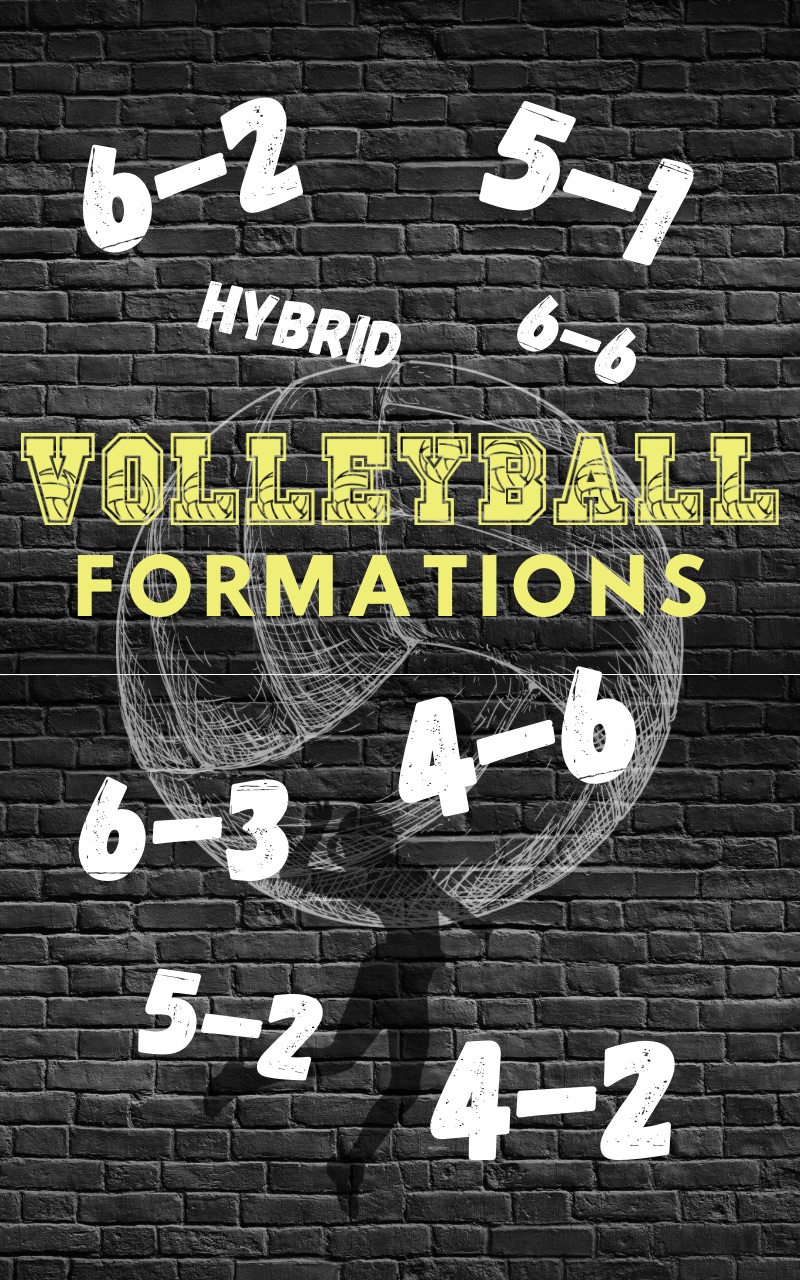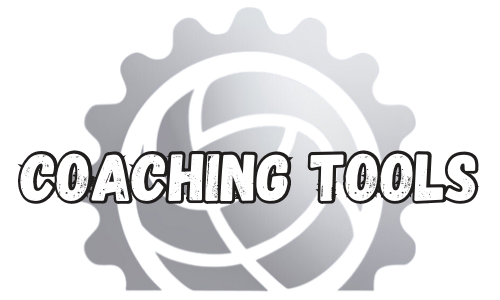
|
Different Volleyball Offenses
| |
|
[BACK]
4-2 The 4-2 offense in volleyball is a relatively straightforward system that involves having two designated setters on the court, both positioned in the front row. This only leaves two front hitters at any time in any rotation. This configuration provides versatility as both setters can contribute to playmaking, although it does limit the number of attacking options available. The 4-2 system is often chosen by teams with two strong setters who can also effectively transition into hitting roles, allowing for varied plays and consistency in setting. While it offers some flexibility, it may be more predictable to opponents than other offensive systems. rotation 1 example: 
For more information and diagrams for each position on each rotation in a "4-2" volleyball offense Click here for our ebook about "Volleyball Rotations" Here’s a list of advantages of the volleyball 4-2 offense: 1. Simplicity: The 4-2 offense is relatively straightforward, making it easy for less experienced players and youth teams to understand and execute. 2. Equal Distribution: It offers an equal distribution of setting responsibilities among players, promoting all-around skill development. 3. Balanced Play: With two setters on the court, teams can maintain a balanced approach to playmaking, ensuring a consistent attack. 4. Frequent Substitutions: Substitutions in the 4-2 system are less frequent, allowing for smoother and less disruptive gameplay. 5. Adaptability: Teams can easily shift between positions, such as using both setters for attacking or having one focused on defense. 6. Reduced Predictability: Opponents may find it more challenging to predict plays, as the setters can transition into hitting roles, making the offense less predictable. 7. Increased Defensive Specialists: The 4-2 can employ more specialized defensive players (liberos or defensive specialists) without sacrificing setting skills, strengthening the overall defense. 8. Improved Transition Play: The 4-2 excels in transition play, as the setters are already positioned at the net and ready to set after a dig or block. 9. Setter Versatility: Both setters in the 4-2 system can become proficient in both setting and attacking, making them well-rounded players. 10. Development Opportunities: The 4-2 encourages multiple players to gain setting experience, contributing to their overall development. Here’s a list of disadvantages of the volleyball 4-2 offense: 1. Limited Setter Options: The 4-2 offense has only two players who can set, which can become a limitation if one of the setters is struggling or injured. 2. Predictability: Opponents may find it easier to predict plays in the 4-2 system, as they know which players are the primary setters and setters transitioning to hitting roles. 3. Hitter Dependence: The effectiveness of the offense can heavily rely on the ability and skill level of the hitters, as there are only two dedicated hitters in front riw for each rotation. 4. Inability to Shift Roles: In emergency situations, such as a setter getting blocked or struggling with setting, the 4-2 system lacks the flexibility to switch roles quickly. 5. Development Focus: The 4-2 can lead to an overemphasis on developing two setters, potentially limiting the development of other positions. 6. Setter Height: In the 4-2 system, the height of sets can become predictable, making it easier for blockers to time their blocks. 7. Frequent Substitutions: Frequent substitutions can disrupt the flow of the game, particularly during crucial moments in a match. While the 4-2 offense offers simplicity and equal distribution of setting duties, it also comes with challenges, such as predictability, potential setter fatigue, and limited options in emergency situations. Teams should carefully consider these factors when deciding whether to adopt this system. For more information and diagrams for each position on each rotation in a "6-2" volleyball offense Click here for our ebook about "Volleyball Rotations" |

Amazon associate  Purchase Ebook on Amazon Purchase Ebook on Amazon
|
Volleyball techniques Volleyball strategies Volleyball drills Volleyball skills Volleyball fundamentals Volleyball tips Volleyball training Volleyball coaching Volleyball playbook Volleyball exercises Volleyball equipment Volleyball gear Volleyball practice Volleyball coaching tips Volleyball playing tips Volleyball tutorials Volleyball lessons Volleyball techniques for beginners Volleyball skills development Volleyball coaching tools Volleyball teaching aids Volleyball improvement tips Volleyball tactics Volleyball game strategies Volleyball mental preparation Volleyball injury prevention Volleyball nutrition tips Volleyball warm-up routines Volleyball conditioning exercises








